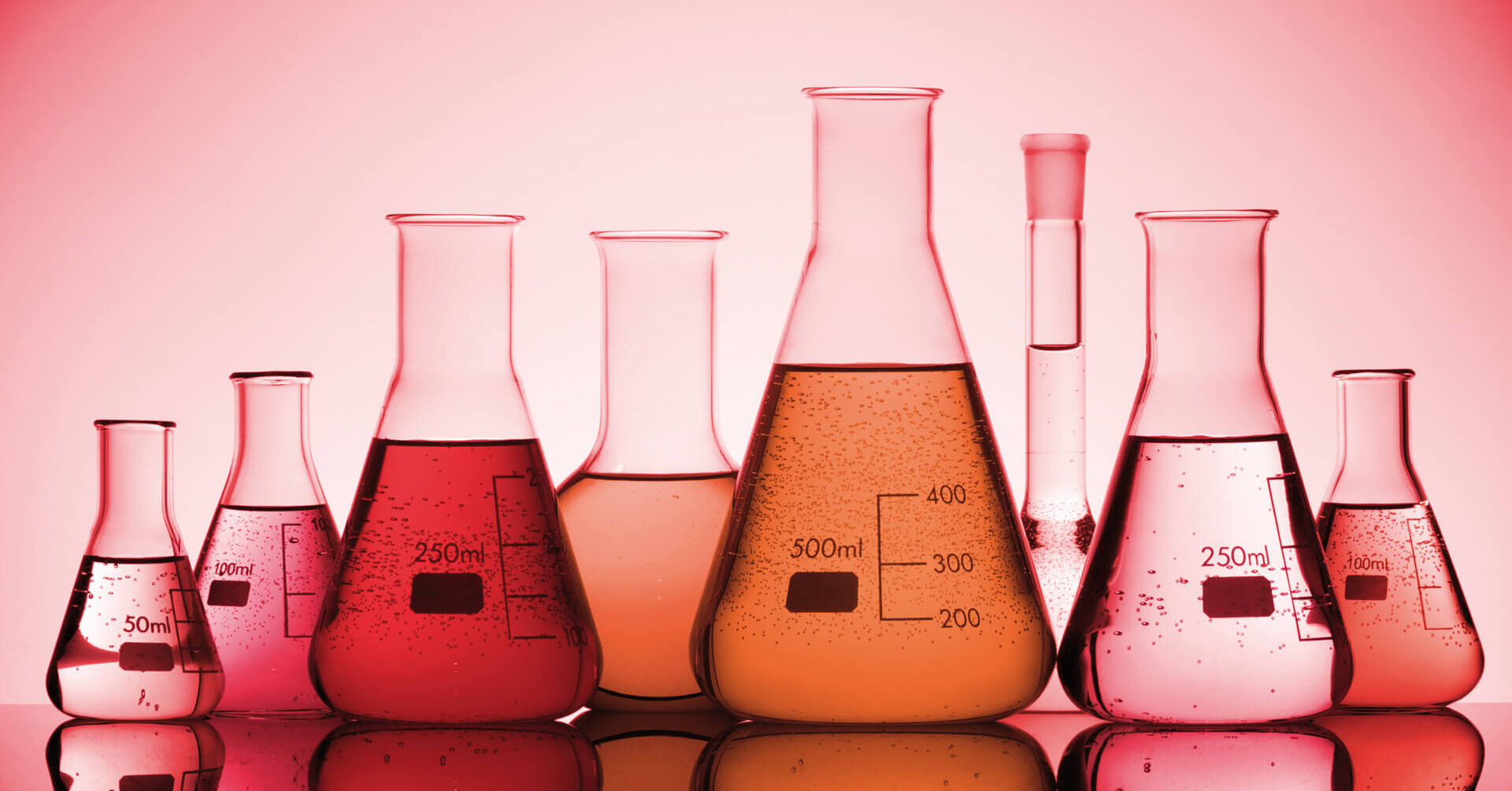Chemical reactions are the fundamental processes that drive the world around us. From the combustion of fuels to the synthesis of pharmaceuticals, understanding the signs of a chemical reaction is crucial for scientists and engineers alike. In this blog post, we will delve into the intricacies of chemical reactions and explore the key signs that indicate their occurrence.
- Color Change:
One of the most visually striking signs of a chemical reaction is a change in color. When reactants combine and form new products, the resulting compounds may possess different electronic structures, leading to alterations in their absorption and reflection of light. For example, the classic reaction between iron and oxygen, known as rusting, causes a reddish-brown coloration, indicating the formation of iron oxide. - Temperature Change:
Another significant sign of a chemical reaction is a change in temperature. Reactions can either release or absorb energy, resulting in an increase or decrease in temperature, respectively. Exothermic reactions, such as the combustion of fuels, generate heat and often feel warm to the touch. On the other hand, endothermic reactions, like the dissolution of ammonium nitrate in water, absorb heat from the surroundings, causing a noticeable drop in temperature. - Gas Production:
The evolution of gas is a common sign of a chemical reaction. When certain reactants combine, they may release gases as products. This can manifest as bubbling, fizzing, or effervescence. For instance, the reaction between baking soda and vinegar produces carbon dioxide gas, leading to the formation of bubbles. - Formation of a Precipitate:
A precipitate is a solid that forms when two solutions are mixed together. It is a clear indication of a chemical reaction taking place. This phenomenon occurs when two soluble compounds react to form an insoluble compound. An example is the reaction between silver nitrate and sodium chloride, which results in the formation of a white precipitate called silver chloride. - Odor Change:
Sometimes, a chemical reaction can produce distinct odors. Certain reactions generate volatile compounds that have characteristic smells. For instance, the reaction between hydrogen sulfide gas and iron produces a rotten egg odor, while the combustion of sulfur creates a pungent, suffocating smell. These olfactory changes can serve as valuable indicators of chemical reactions.
Conclusion:
Recognizing the signs of a chemical reaction is essential for scientists, researchers, and even everyday individuals. By observing color changes, temperature fluctuations, gas production, precipitate formation, and odor alterations, we can gain valuable insights into the occurrence of chemical reactions. These signs not only provide us with a deeper understanding of the world but also enable us to harness the power of chemistry for various applications.
